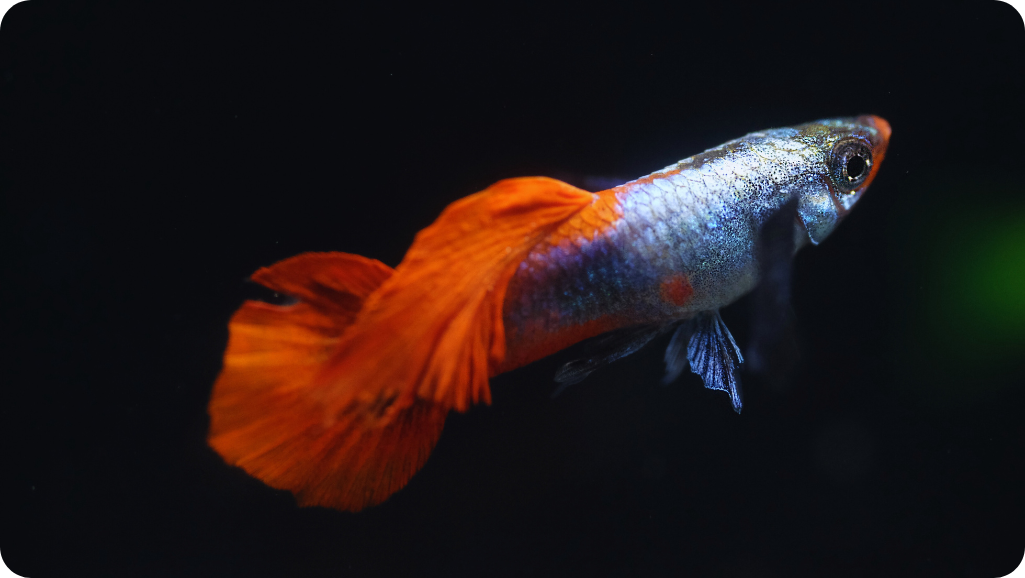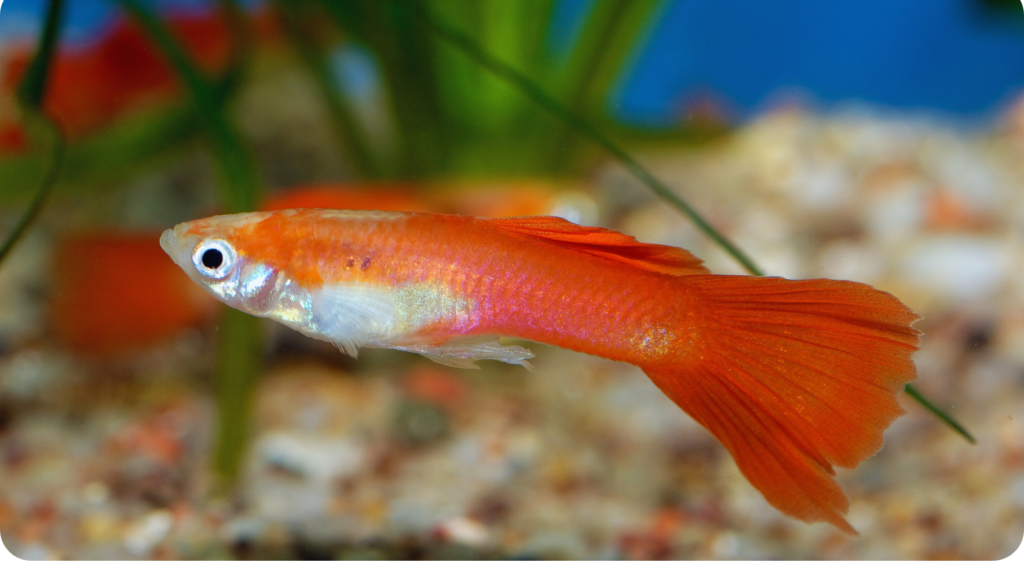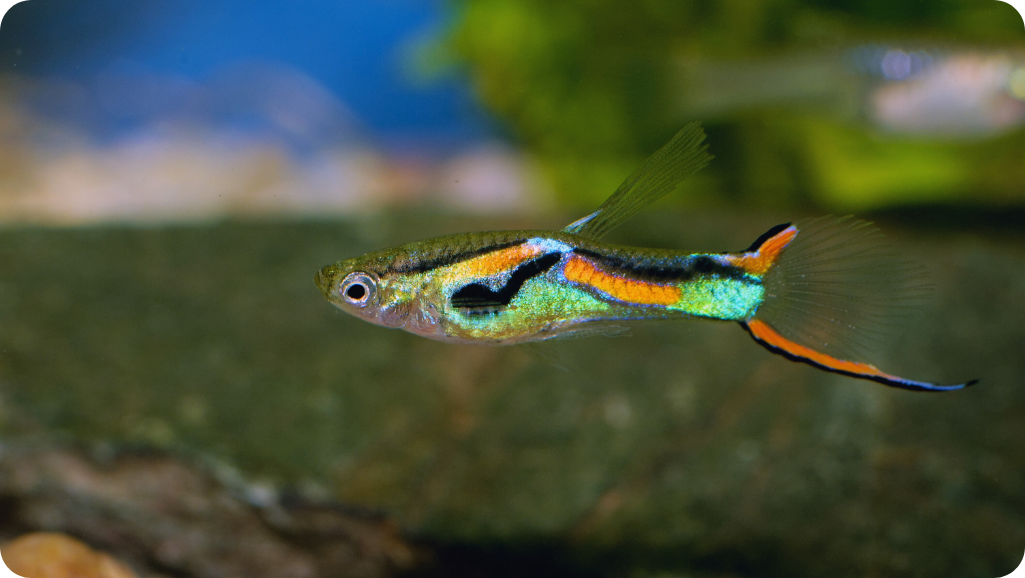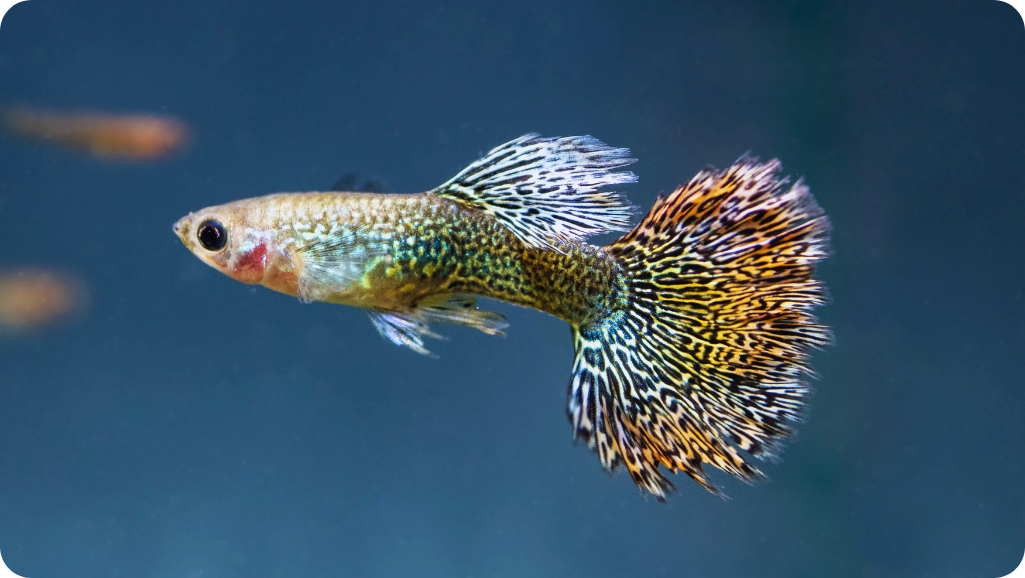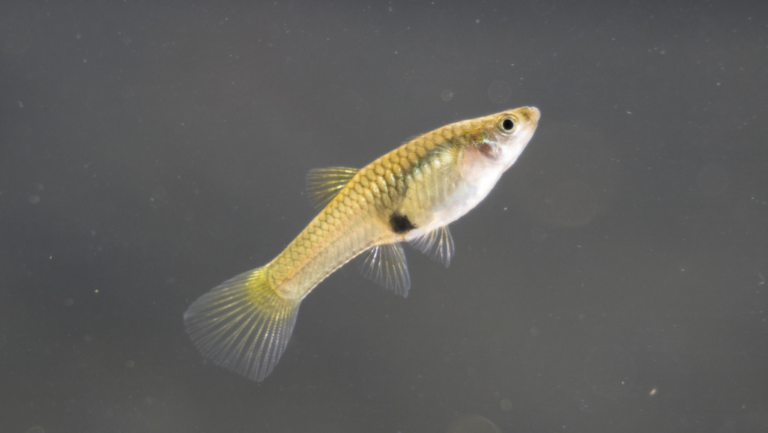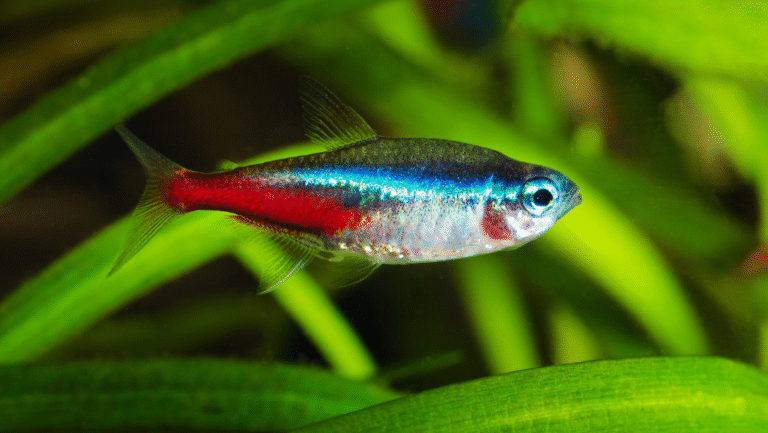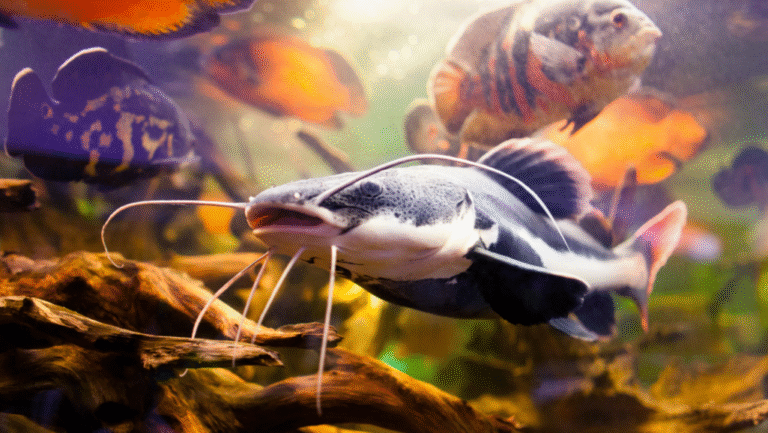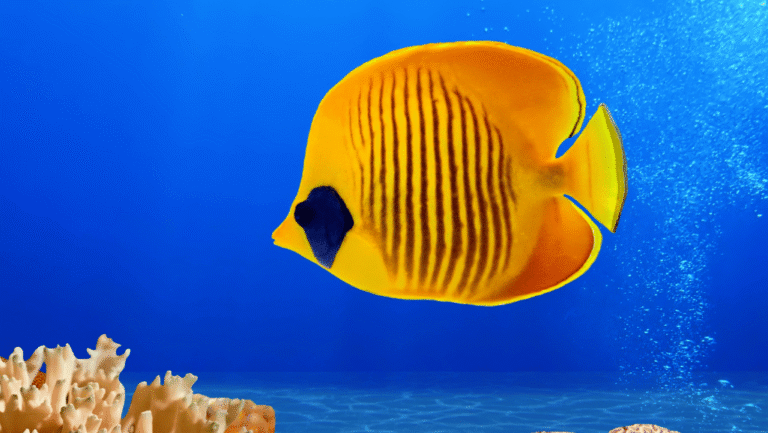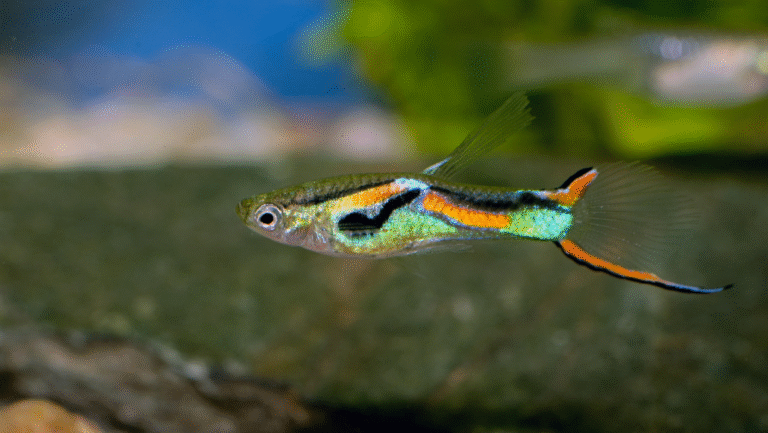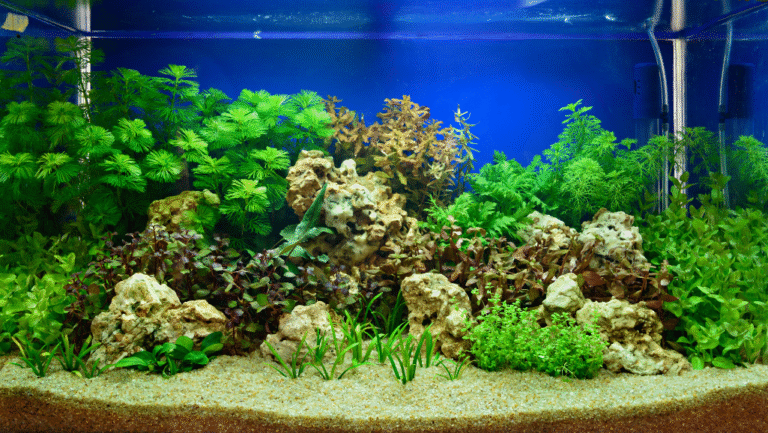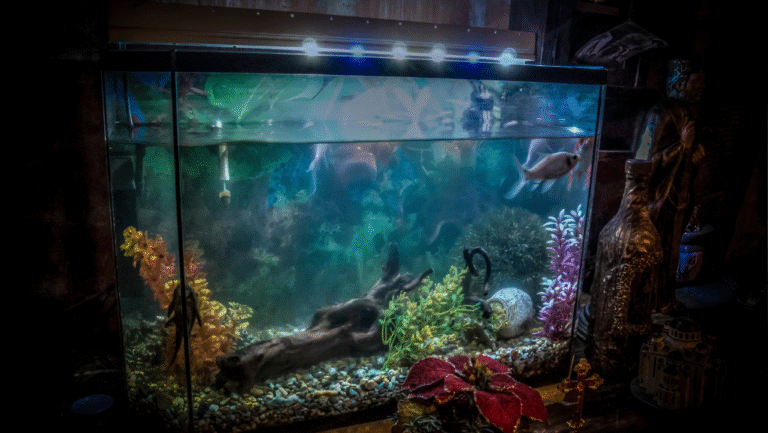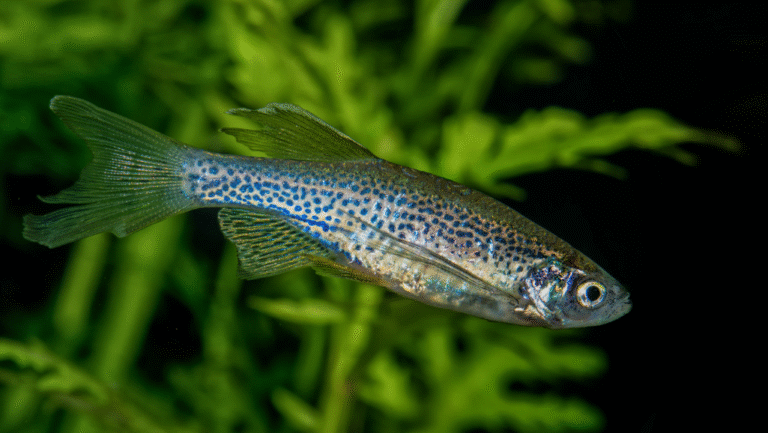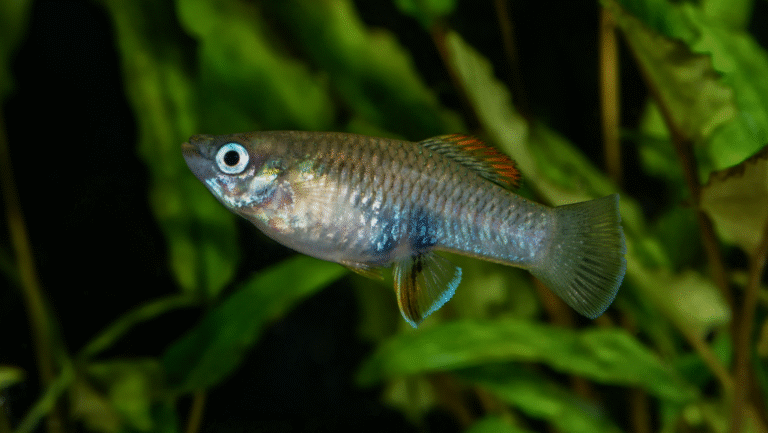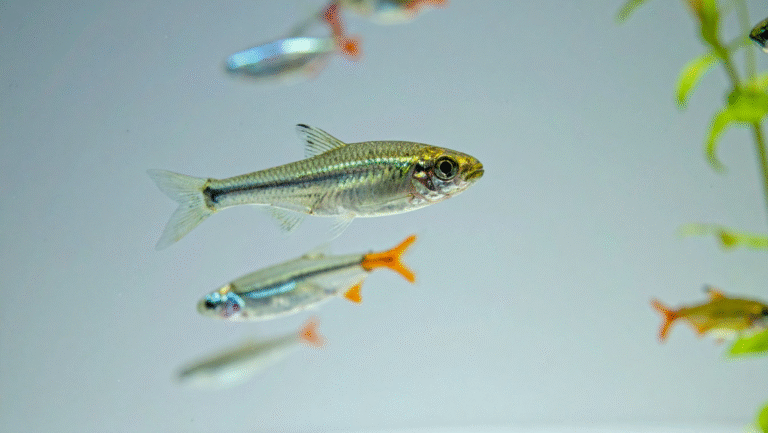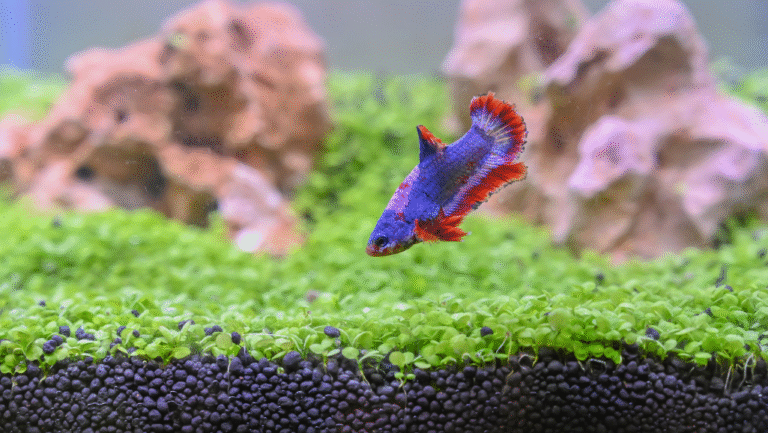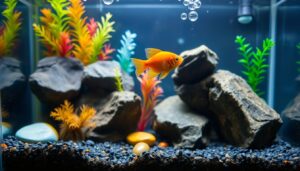Starting your journey in tropical guppy care is exciting for both new and experienced aquarists. These colorful fish, known as Poecilia reticulata, have been loved since the 1860s. They were first used to fight mosquitoes but now are known for healthy fishkeeping.
Keeping guppies healthy means knowing how to care for them. This includes understanding their habitat and diet needs. To keep your guppies lively, focus on the right tank size, water quality, and food. For more tips, check out this detailed guppy care guide.
Key Takeaways
- Knowing what tropical guppy need is essential for the aquarium hobby.
- Make sure guppies have the right tank and water to stay healthy.
- Good water quality is key for guppies to thrive.
- Feeding them right helps them stay strong and live longer.
- Good guppy care stops diseases and keeps them lively.
- Creating a good breeding space helps guppies reproduce naturally.
- Stay updated on tropical guppy care by checking reliable sources.
An Overview of Guppy Popularity
Guppies are loved for their bright guppy colors and many guppy types. They are a hit in home aquariums around the world. Their beauty is matched by their role in controlling pests. In South America, guppies helped fight mosquitoes, which spread diseases like malaria.
Keeping a healthy aquarium is key for guppies. They are great at breeding, thanks to selective breeding. This has led to many stunning fin shapes and patterns, making them even more popular.
The Origins of Guppies and Their Rise in Fishkeeping
Guppies were once called the “Million Fish” because they breed so much. They are adaptable and have been used worldwide to control mosquitoes.
From Pest Control to Pet Trade: The Guppy Evolution
Fancy guppies are loved for their fancy tails and bright colors. These traits have been improved through careful breeding. Their journey from pest control to aquarium stars is fascinating. It shows how they’ve become a big deal in both hobbyist and professional circles.
| Feature | Wild Guppy | Fancy Guppy |
|---|---|---|
| Body Size | Smaller | Larger |
| Tail Type | Simpler | Elaborate |
| Color Variations | Less diverse | Extremely varied |
| Reproductive Age | Faster maturity | Varies |
| Predation Survival Strategies | High adaptability | Dependent on care |
This table shows how breeding has changed guppies. It compares wild guppies to fancy ones. Their evolution is interesting and teaches us about adaptability and diversity.
Creating the Ideal Guppy Tank Setup
Setting up a guppy tank is more than just filling a tank with water. It’s about creating a healthy environment. Guppies are easy to care for, but you can make their home your own.
A 10- to 20-gallon tank is perfect for a few guppies. It gives them room to swim and be active. A sponge filter is also key. It filters the water gently, keeping the fry safe.
Live aquarium plants make the tank look great and serve many purposes. Plants like Java fern and Amazon sword hide fry and clean the water. A good substrate helps plants grow well and makes care easier.
| Feature | Details |
|---|---|
| Aquarium Size | 10-20 gallons for comfort and space |
| Filtration | Sponge filter for gentle water flow |
| Plant Types | Java fern, Amazon sword for natural aesthetics and fry safety |
| Lighting | 10-12 hours per day to mimic natural light cycles |
| Water Changes | 10-15% weekly to maintain optimal water quality |
| Temperature | 74-82°F optimal for health |
Keeping an eye on the water is crucial. Guppies like water between 74 to 82°F. Test the water often to keep it safe for your fish. A timer helps keep the water cycle natural, which is good for both fish and plants.
Don’t forget about the social side of guppies. Keeping a good balance of males and females prevents fights. Adding friends like mollies and catfish makes the tank more interesting.
With these tips, your guppy tank will be a lively, healthy home. It’s more than a tank; it’s a thriving world for your fish.
Understanding Guppy Water Requirements
The health of a tropical guppy depends on the right water conditions. Keeping the water pH and temperature right is key. This helps them stay healthy and live longer.
It’s important to keep the water pH at 7.0 or higher. Guppies do best in slightly alkaline water. This helps prevent stress and diseases. Also, hard water with minerals like calcium and magnesium is good for them. It helps their bones grow strong and their colors pop.
To keep the water just right, especially in soft water areas, using Wonder Shell is helpful. An aquarium heater is also key. It keeps the water at 76 to 78°F. This is perfect for fancy guppy strains that need warmer water.
Keeping the water right is more than just pH and temperature. Regular checks and adjustments are needed. For example, changing 30 to 40 percent of the water weekly in young tanks is good. In fry tanks, change 70 to 80 percent. This keeps the water clean and full of nutrients.
Tools like gravel vacuums and magnetic algae cleaners are vital. They help keep the water clean and free of harmful algae. For more on these tools, check out aqua joy life.
In summary, paying attention to water pH, temperature, and cleaning is crucial for guppy care. These steps not only make guppies live longer but also keep them healthy. This makes them a joy to watch, with their bright colors and fun behavior.
Guppy Feeding Practices: How Much and How Often?
Guppy feeding is all about finding the right balance. It affects their health and how long they live. Knowing how much and how often to feed them is key for any fish owner.
Guppies need a diet rich in high-quality fish food. Feed them small amounts that they can eat in a few minutes. It’s best to feed them several times a day.
Striking a Balance in the Guppy Diet
The perfect diet for guppies includes flake food, freeze-dried foods, and live foods like bloodworms and brine shrimp. Flake food is a mainstay, but live foods add important proteins. These proteins help guppies grow strong and healthy.
For young guppies, “Baby brine shrimp” is a great choice. It gives them the nutrients they need to grow. For more tips on feeding your guppies, check out this guide.
The Risks of Overfeeding and How to Avoid Them
Feeding guppies too much can harm them. It can make the water dirty with harmful chemicals. These chemicals stress the fish and can cause sickness or even death.
Stick to a regular feeding schedule and watch how your guppies eat. Feed adults twice a day and young ones more often but in smaller amounts. This way, you make sure they eat all their food and avoid waste in the tank.
When you have other fish in the tank, it’s important to know what each needs. This helps prevent fights over food and makes sure everyone is happy and healthy.
To keep your guppies looking their best, follow good feeding practices. Use quality foods, watch how much they eat, and keep their environment clean. These steps will help them stay healthy and happy.
Recognizing and Encouraging Healthy Guppy Breeding
Understanding guppy breeding is key for those who want to see their guppies grow. These fish have been bred for nearly a century in the Americas. They are prolific, often producing many guppy fry in a well-kept tank. It’s important to know when a guppy is pregnant and to create a good environment for their fry.
Identifying Signs of a Pregnant Guppy
Guppies are ovoviviparous, meaning they carry eggs that hatch inside. A key sign of pregnancy is a dark spot near the belly. Females can grow up to 2½ inches and start breeding at about one inch. Watching for a darkening gravid spot and belly swelling shows that fry are coming.
By choosing specific traits, you can breed guppies with amazing features. This includes longer fins or unique colors.
Creating a Safe Environment for Guppy Fry
Guppy fry are born ready to fend for themselves. They need a safe place to grow without being eaten by adults. A separate tank with lots of plants is ideal for them.
This tank lets you keep a close eye on water quality. Good water quality is crucial for the fry’s health. Feeding them more and keeping the water clean helps them grow strong. For tips on creating a great environment for guppies, check out AquaJoy’s aquatic care and maintenance.
